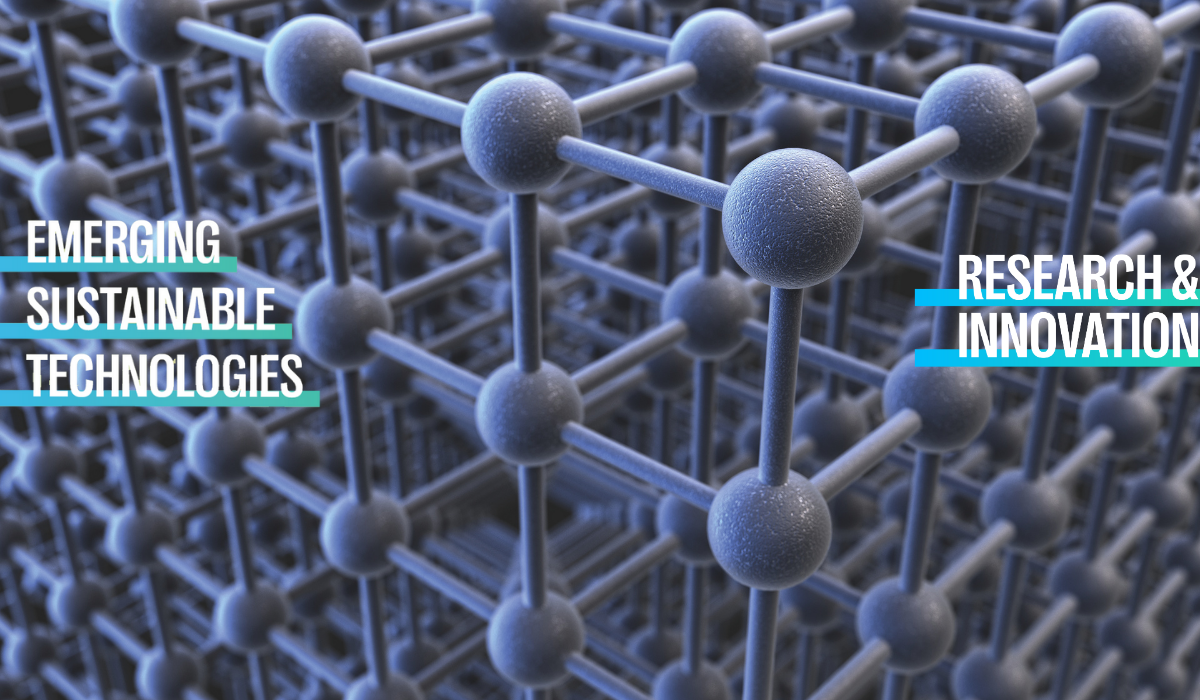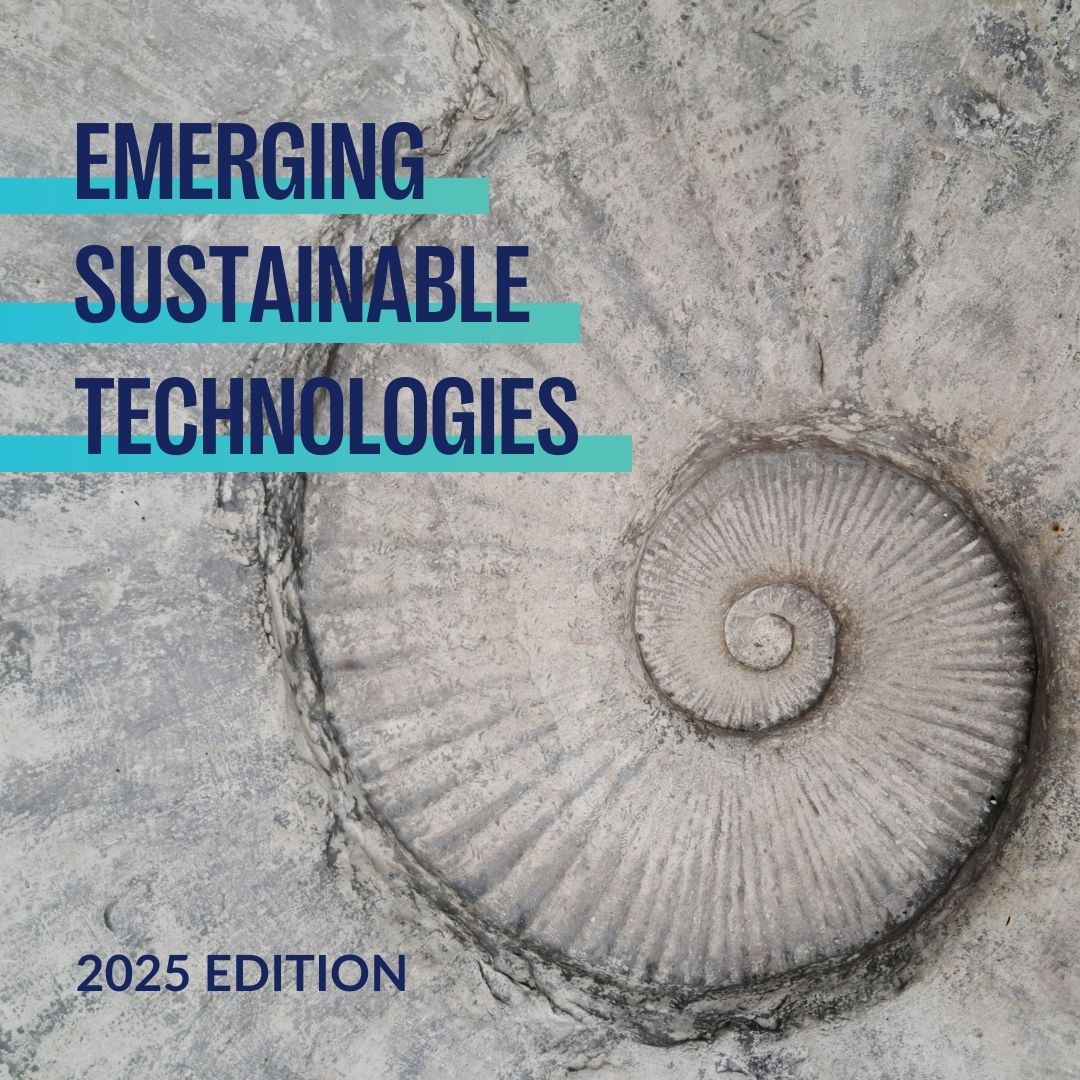


The elastocaloric effect is a reversible thermal response offering promising alternatives to traditional vapor compression refrigeration, as demonstrated by laboratory and proof-of-concept studies.
Heating and cooling account for nearly half of global final energy consumption in developed countries, surpassing both electricity (20%) and transportation (30%). These sectors are responsible for over 40% of the world’s energy-related CO2 emissions. With the rapid growth of emerging economies and the advancing threat of global warming, cooling demand is set to increase by 45% by 2050 compared to 2016.
Cooling is also crucial for various sectors, including urban buildings, storage, transportation, daily living, and industries such as agri-food, pharmaceuticals, medical, construction, and catering. Temperature requirements range from +14°C to -80°C for refrigeration and freezing, with cryogenic systems sometimes reaching as low as -150°C.
The most widespread cooling technology today is based on the gas compression-expansion cycle, with air conditioning (AC) as its most advanced form. AC systems range from small single-room units to large installations for entire buildings and districts.
Most air-conditioning systems use electricity, but larger ones may also utilize natural gas, waste heat, or solar energy. Currently, ACs account for nearly 20% of global electricity use in buildings, a figure expected to rise with economic and demographic growth in warmer regions.
These technologies are based on the principle that liquids absorb heat when evaporating into gases and release heat when condensing back to liquids (the classical Carnot cycle). Special chemical compounds called refrigerants, which easily change states at low temperatures, are used in a closed-loop circuit.
Traditional heating and cooling technologies, while effective, have significant drawbacks: high energy consumption and the use of refrigerants with high global warming potential. As a result, developing more efficient, environmentally friendly, and cost-effective alternatives is imperative.
One promising solution lies in the unique properties of certain solid materials (magnetocaloric, thermoelectric, and elastocaloric), which heat up or cool down when subjected to external stimuli, mimicking the heat transfer and entropy change of gas-based cycles:
Elastocaloric materials exhibit marked temperature changes when mechanical stress is applied and then removed, a process known as the elastocaloric effect. This reversible thermal response offers promising alternatives to traditional vapor compression refrigeration, as demonstrated by laboratory and proof-of-concept studies.
Common elastocaloric materials include shape memory alloys (SMAs) (Nickel based: Nitinol, NiTi) and cross-linked polymers (elastomers). They undergo phase changes activated by specific temperatures and stress levels, depending on their properties with a cycle very similar to a Carnot cycle.
The cycle is reversible: once the stress is removed, the material regains its original structure and the temperature change is reversed. This process can substitute core elements of vapor-compression cycles: using elastomeric materials in place of refrigerants, actuators instead of compressors, and solid-state phase changes instead of evaporation and condensation.
The performance material coefficient (COPmat) is key to assessing the cooling potential of an elastocaloric material.
Certain elastocaloric materials can achieve values of COP exceeding 70%, outpacing conventional refrigerant-based heat pumps (typical COP between 40% and 60%). However, the overall system COP is considerably reduced du to the loss in the heat exchanger, actuator, regeneration and auxiliary power use. Efficiency suffers due to mechanical and thermal losses, limited heat/work recovery, and the need for energy-consuming auxiliaries.
While advances in materials and actuators have improved prototypes, it remains unclear when elastocaloric systems will surpass conventional heat pumps in overall efficiency.
Advantages
Challenges
Elastocaloric technology could meet critical cooling needs, especially in regions most vulnerable to climate change such as developing countries.
For this technology to succeed, costs must become affordable, while, at present, they remain high. Deployment must also factor in urban planning, especially regarding the size of cooling devices.
Like many emerging technologies, elastocaloric systems rely on critical materials. Studies highlight supply risks in these value chains (especially for nickel) and a potential rise in costs as demand increases.
More references, information, examples and use cases in ENGIE's 2025 report on Emerging Sustainable Technologies.
> Download the 2025 report on Sustainable Emerging Technologies <